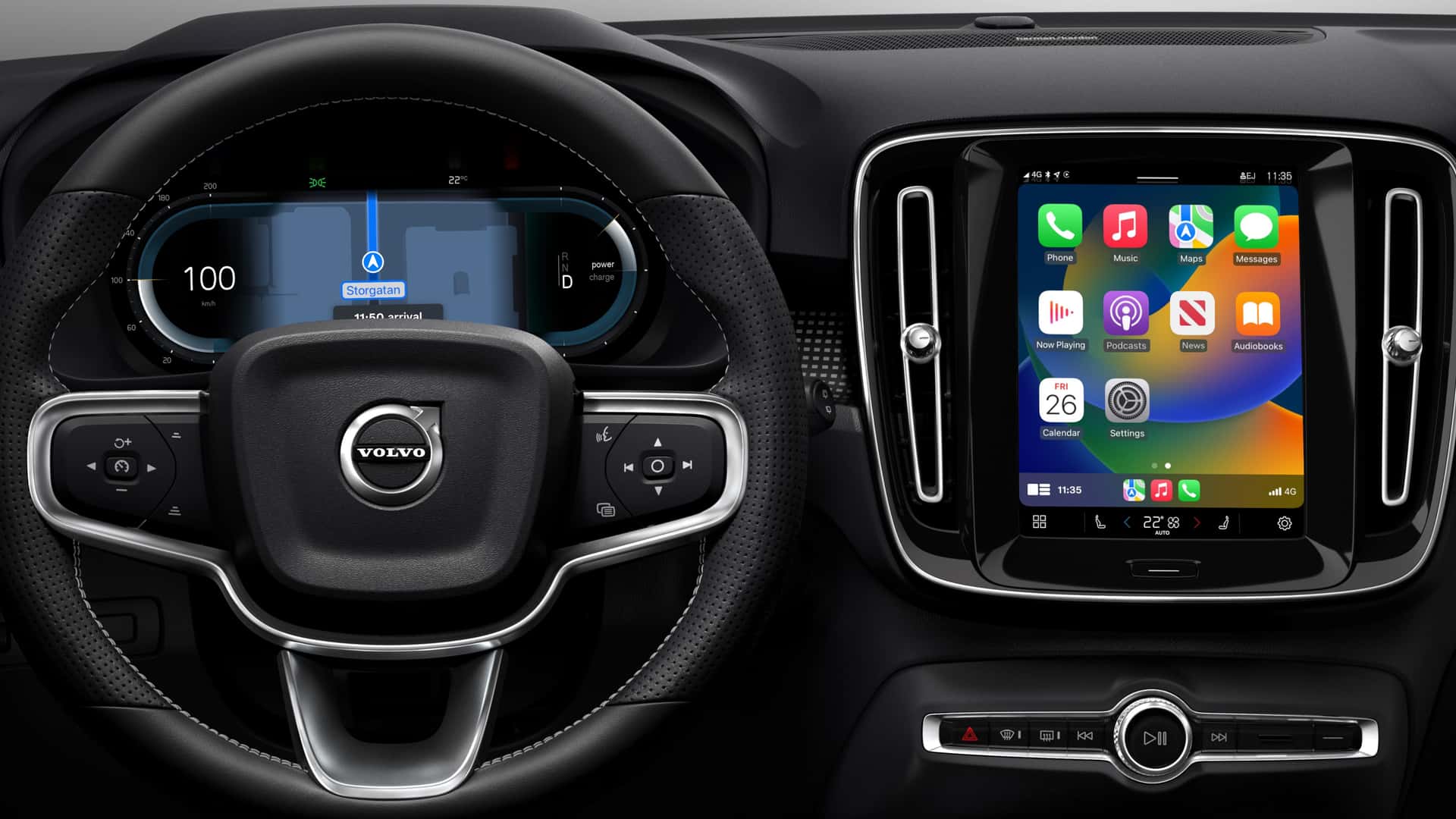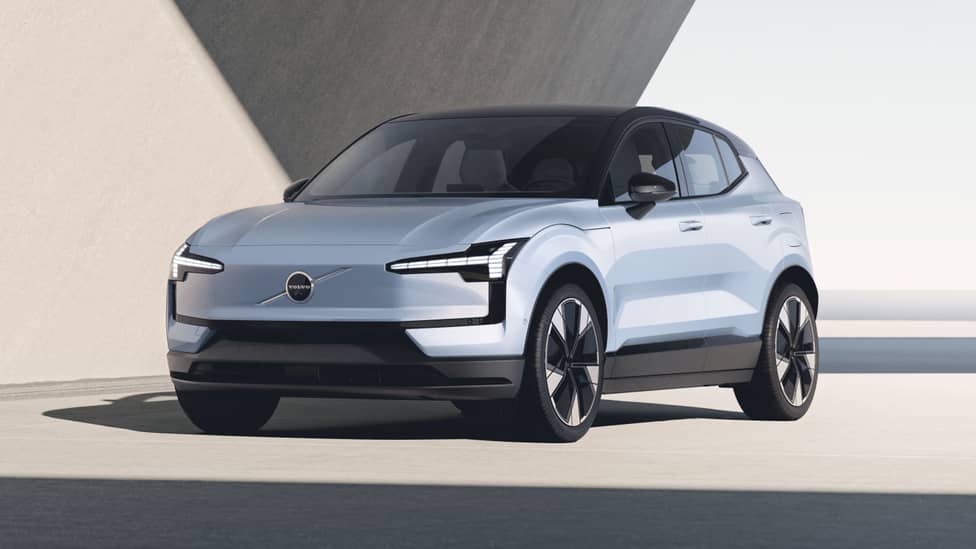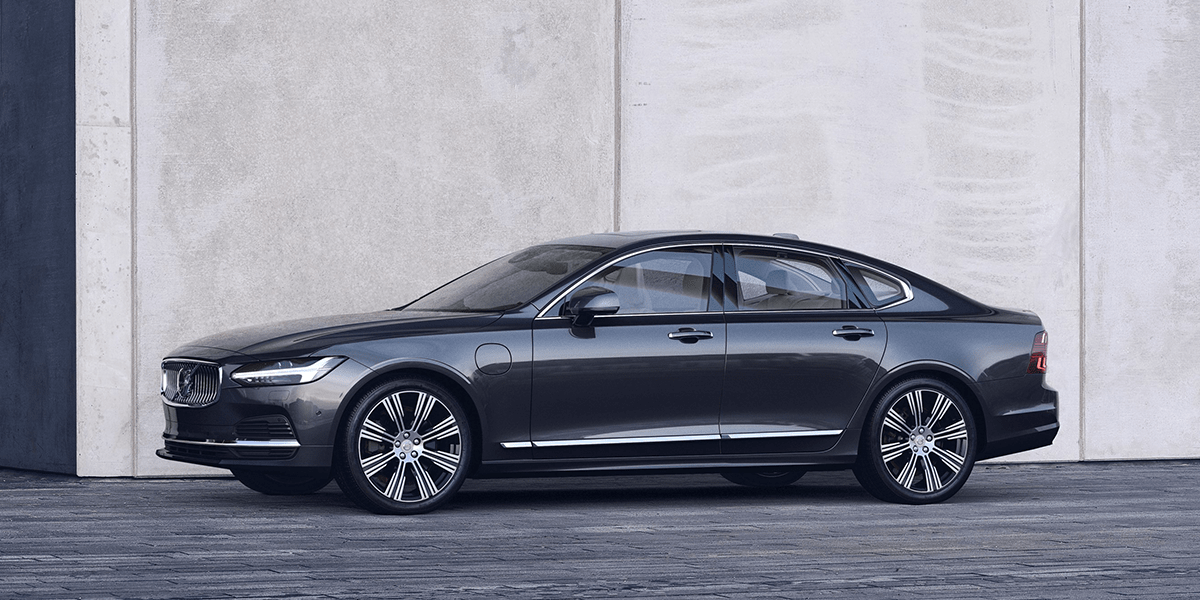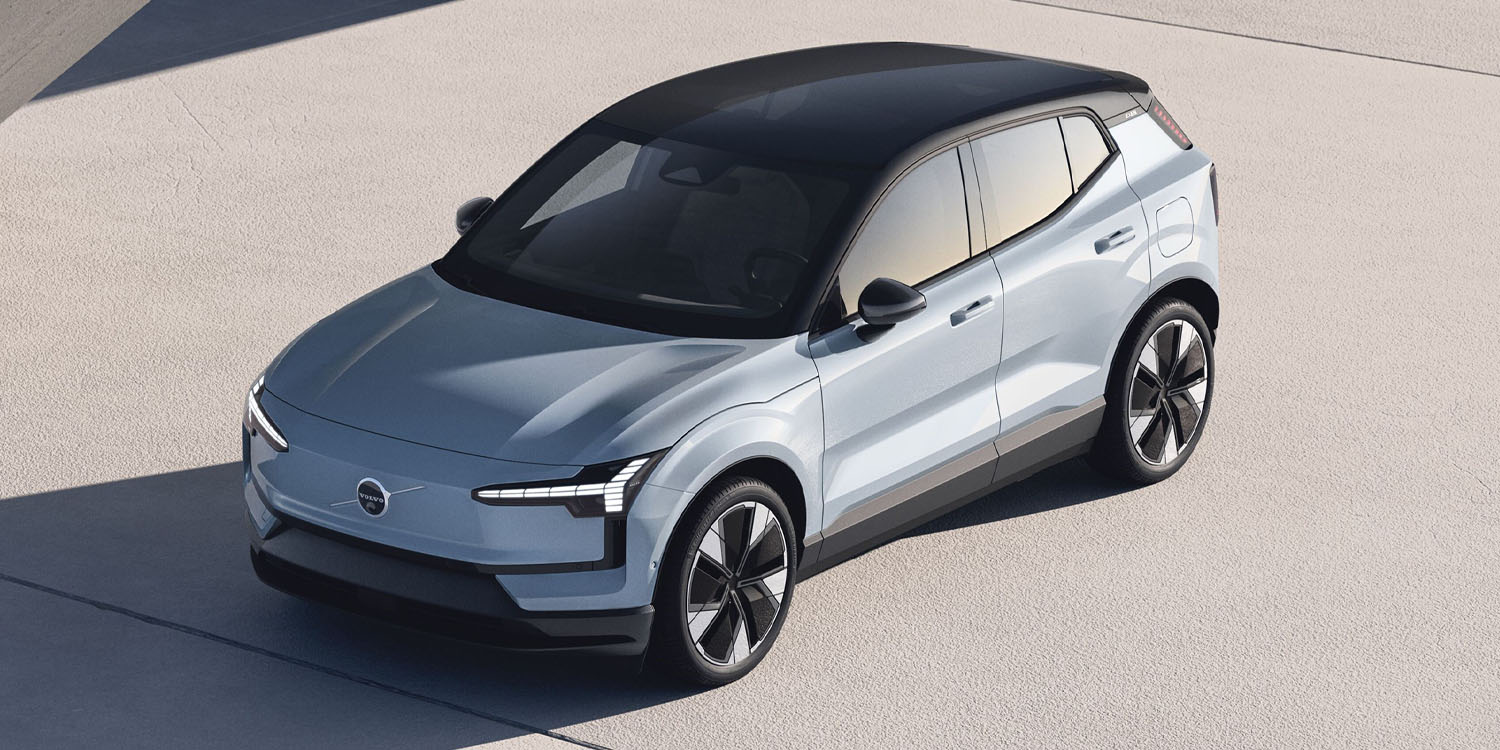Volvo, the renowned automaker, has unveiled its latest over-the-air update, aimed at enhancing the Apple CarPlay experience in over 650,000 vehicles. The update focuses on seamlessly integrating Apple’s features throughout the cabin, providing drivers with a more comprehensive and user-friendly interface.
Notable improvements include the integration of Apple Maps and other navigation applications into the driver display, placing vital information directly behind the steering wheel. Additionally, the center infotainment screen has received tweaks to optimize the layout and functionality of the CarPlay feature.
One of the most significant enhancements of this update is the native support for Apple Maps and other navigation apps on the driver display. This improvement enables drivers to access crucial navigation information without diverting their attention from the road. Furthermore, the driver display will now also present call information, allowing drivers to manage calls conveniently using the vehicle’s steering wheel-mounted controls, including answering, rejecting, and ending calls.
See also: Volvo Cars to Open New EV Software Development Center in Krakow, Poland
The center infotainment screen has not been overlooked in this update. Volvo has introduced a new call mute button on the display, further enhancing call management capabilities. Additionally, the CarPlay tile has been updated to display media information and provide easy access to play, pause, and skip controls within the app. Even those who do not use CarPlay can benefit from the update, as they can now decide whether their mirrors should fold when locking the car.
Apart from these user-centric improvements, Volvo has also included minor engine calibration optimizations and bug fixes as part of the update. Although such enhancements may seem more akin to smartphone updates, they play a crucial role in fine-tuning the performance and overall experience of the vehicle. It is worth noting that the update is exclusively available on Volvo models with Google built-in, and the availability of specific features may vary across different markets.
Over-the-air updates have revolutionized the automotive industry by providing automakers with immense flexibility in enhancing the user experience. With this technology, manufacturers can introduce new features and improve existing ones, transforming already-sold vehicles into more capable and sophisticated machines. As seen with the Polestar 2, which received an update last year, these updates can even enhance the performance of vehicles.
In the case of the Polestar 2, the update increased its horsepower and torque, resulting in a faster acceleration time. However, it is essential to note that such upgrades often come at an additional cost, prompting customers to evaluate the value of the improvements against the price.
The battle for control over the digital experience in vehicles is intensifying, as automakers recognize the significance of offering a seamless and captivating interface to customers. General Motors recently announced its decision to develop its in-vehicle operating system, indicating a shift away from support for Apple CarPlay and Android Auto. This move raises concerns regarding future compatibility between existing devices and the high-tech cars of tomorrow. As screens in cars become increasingly pivotal in capturing customers’ attention, time, and money, the quality of the digital experience will undoubtedly become a critical factor in purchasing decisions.




